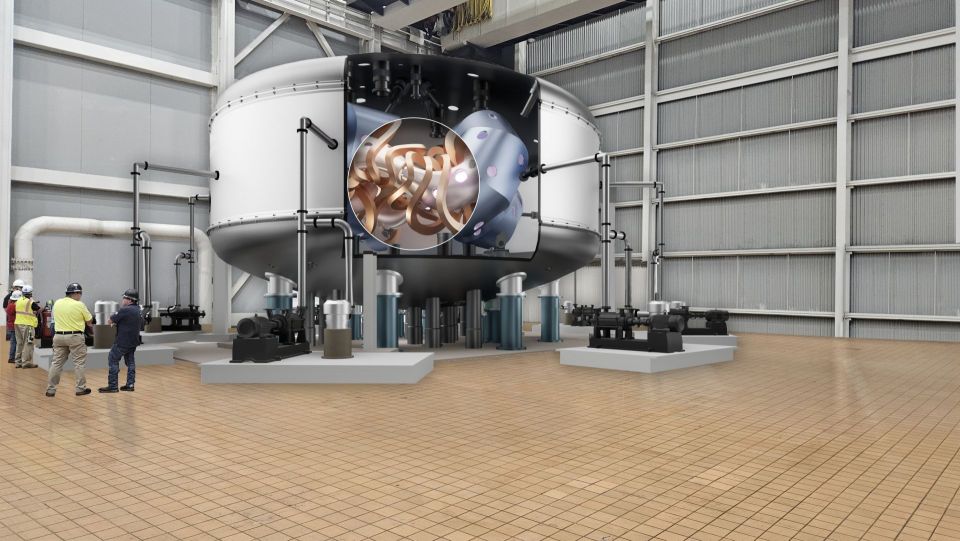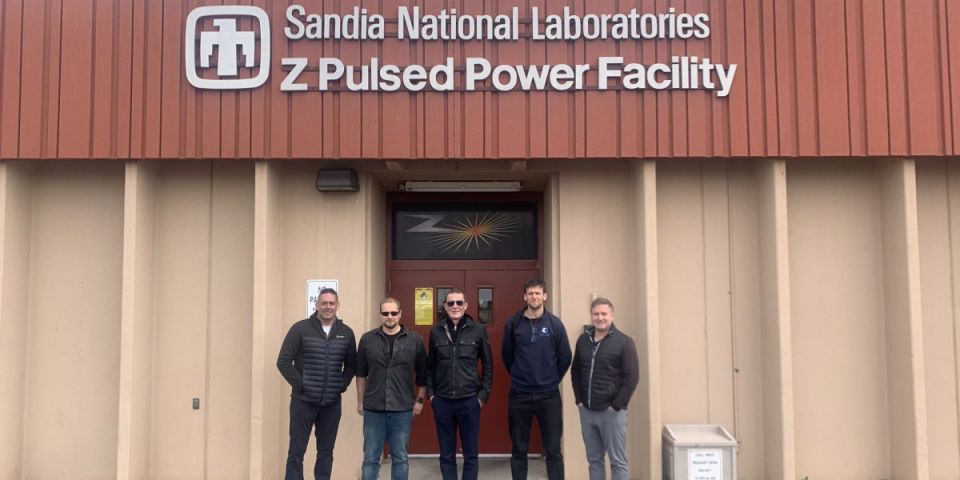The JET tokamak. (Photo: European Consortium for the Development)
Nuclear fusion “might actually be on the cusp of commercial viability” today, says a recent article in Fortune magazine. The article offers a brief review of recent technical and entrepreneurial developments in fusion energy. It also places these developments in perspective regarding the hurdles that remain before commercialization can be realized.
The article goes on to describe some of the recent advances that have been made in fusion research, thanks to “sweeping international collaboration and billions of dollars of public and private investment,” as well as the different ways in which researchers are creating the extremely hot and dense plasma needed for fusion reactions, such as via the high-powered lasers being used at the National Ignition Facility in California and the strong magnetic fields being used with the Joint European Torus (JET) in the United Kingdom.
JET: The JET researchers achieved a record in February of this year by generating 59 megajoules of energy in a five-second pulse, proving that a “sustained discharge that produces a high fusion yield” is possible. Researchers are now seeking to substantially extend that discharge time.
ITER: The article characterized the ITER project in France as “the world’s most ambitious fusion project which, all going well, will be operational by mid-decade.” The great promise of this reactor is that it “is being constructed from materials than can withstand much higher temperatures, allowing, in theory, for fusion experiments to run long enough to produce more power than they consume.”
Start-ups: The article touches on the complicated issue of fuel types needed for fusion reactions, noting that “a flurry of start-ups seeking alternate fusion solutions” have been formed in recent years. One such company, California-based TAE Technologies, is developing a fusion fuel from hydrogen-boron, also known as proton-boron or p-B11, which, according to the company, “represents the cleanest, most abundant fusion fuel cycle on Earth, making it the ideal fuel source for TAE’s commercial fusion solution.” TAE hopes to be producing commercial fusion energy from its compact reactors and fuel by the early 2030s.




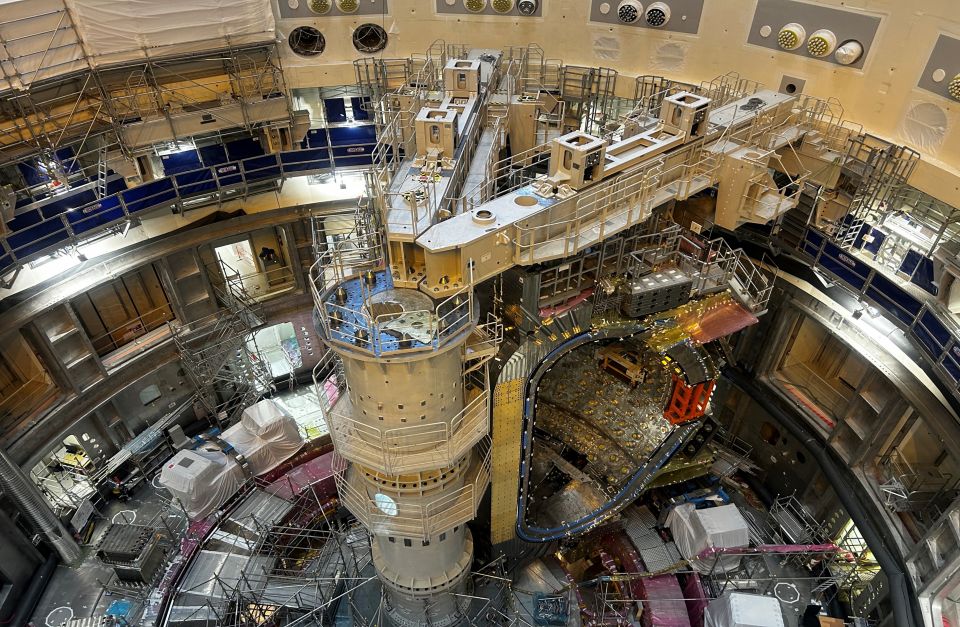
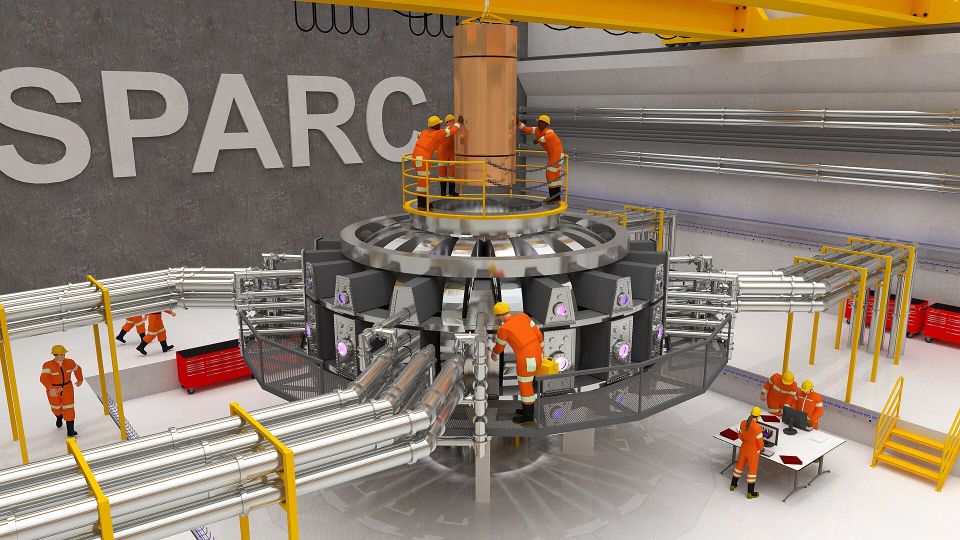
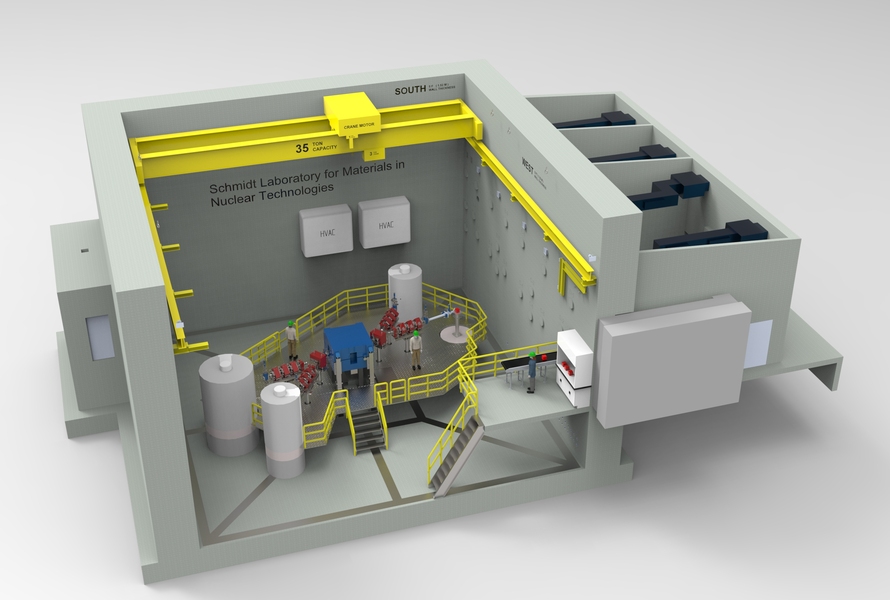

.svg.png)
